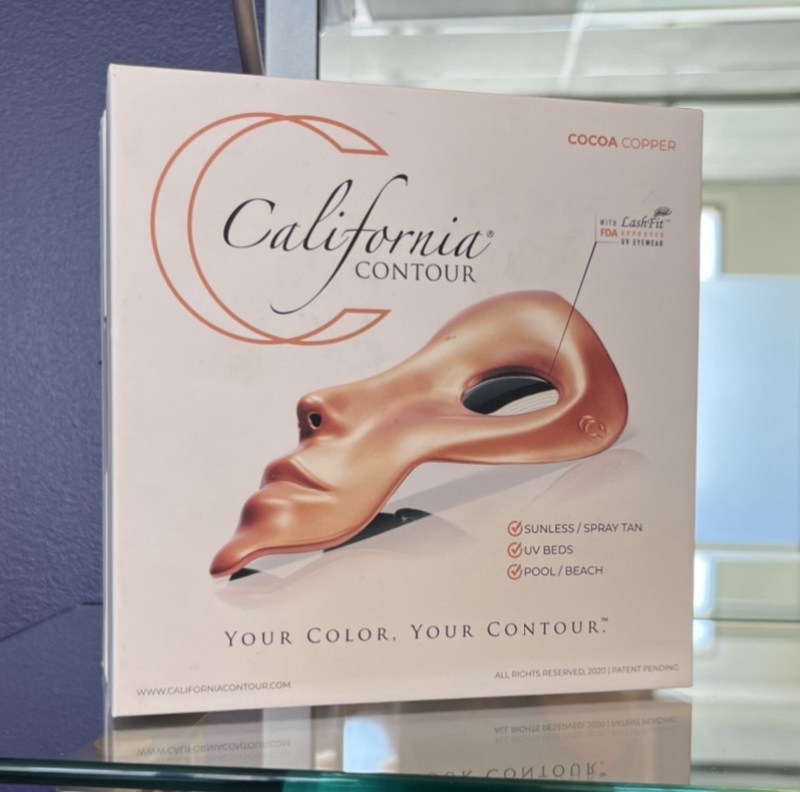Indoor tanning is often a subject of heated debate. For many, it’s a way to achieve a sun-kissed glow year-round, while for others, it raises concerns about skin health. To make an informed decision, it’s important to look beyond the surface and understand the full picture. This guide will explore the potential benefits of indoor tanning, from boosting Vitamin D levels to enhancing your mood, while also emphasizing the importance of responsible practices.
When done correctly and in moderation, visiting a tanning salon can offer more than just cosmetic advantages. Understanding how to tan safely allows you to enjoy these benefits while minimizing potential risks. Let’s explore what indoor tanning can offer when approached with care and knowledge.

How Indoor Tanning Can Benefit You
Boost Your Vitamin D Production
Vitamin D is a crucial nutrient that many people don’t get enough of, especially during the darker, colder months. This “sunshine vitamin” is essential for strong bones, a healthy immune system, and overall well-being. Your body naturally produces Vitamin D when your skin is exposed to UVB rays from the sun.
Tanning beds emit a controlled amount of UVB light, which can stimulate Vitamin D production in your body. For individuals living in regions with limited sunlight or those who spend most of their time indoors, a tanning salon can be a consistent and reliable way to help maintain healthy Vitamin D levels. This is a significant health benefit that goes beyond achieving a tan.
Controlled Exposure and Reduced Sunburn Risk
One of the biggest risks of tanning outdoors is the unpredictability of sun exposure. Factors like the time of day, cloud cover, and reflective surfaces can drastically change the intensity of UV rays, making it easy to get a painful and damaging sunburn.
Indoor tanning offers a controlled environment. Tanning consultants can help you determine your skin type and recommend a specific tanning schedule tailored to you. This controlled exposure significantly reduces the risk of getting sunburned compared to spending an afternoon at the beach. By following a structured tanning plan, you can build a gradual tan without overexposing your skin.
Enhance Your Mood, Especially in Winter
Have you ever noticed how a sunny day can lift your spirits? The lack of sunlight during winter can lead to a condition known as Seasonal Affective Disorder (SAD), which causes feelings of lethargy and low mood.
Exposure to UVB light, like that from a tanning bed, has been shown to have mood-enhancing effects. The American Journal of Public Health reports that regular, moderate exposure to UVB light can help improve mood and reduce symptoms of SAD. A short session at a tanning salon can be a welcome escape during the long winter, helping you feel more energized and positive.
Achieve an Even, Cosmetic Glow
Many people seek a tan for cosmetic reasons. A healthy-looking glow can help even out your skin tone, reduce the appearance of blemishes, and give you a boost of confidence. Indoor tanning allows you to achieve a consistent and even tan across your entire body.
Whether you’re preparing for a vacation, a wedding, or another special occasion, a tanning bed can help you get the look you want. With a quality tanning lotion and a proper schedule, you can build a beautiful, natural-looking tan that makes you feel your best.
View Top Tanning Packages & Deals in Broad Ripple! ✨
Debunking Common Tanning Myths
Misinformation about indoor tanning is widespread. Let’s clear up some common myths with facts.
Myth: Indoor tanning is always more dangerous than outdoor tanning.
Fact: This isn’t necessarily true. While all UV exposure carries risks, the controlled environment of a tanning bed can be safer in terms of preventing sunburn. Unlike the unpredictable nature of the sun, a tanning session is timed and tailored to your skin type, minimizing the risk of overexposure when guidelines are followed.
Myth: You don’t need lotion in a tanning bed.
Fact: Using a superior tanning lotion is highly recommended. These lotions are specifically formulated to moisturize your skin, which helps you tan more effectively and maintain your color longer. Some lotions also contain ingredients that can provide added protection, especially for sensitive areas.
Myth: Indoor tanning is only for cosmetic purposes.
Fact: As we’ve discussed, one of the key tanning bed benefits is the production of Vitamin D. This essential nutrient supports bone health and immune function, making indoor tanning a potential tool for wellness, not just aesthetics.
Myth: All tanning beds are the same.
Fact: Modern tanning salons offer a variety of equipment with different UV outputs and features. It is essential to understand the specific bed you are using and to follow the salon’s guidelines to ensure a safe and effective session.
A Guide to Responsible Tanning Bed Usage
To enjoy the benefits of indoor tanning safely, it’s crucial to follow responsible practices. This safe tanning approach ensures you protect your skin while achieving your desired results.
- Always wear protective eyewear. Your eyelids are not thick enough to block UV rays, and proper FDA-compliant goggles are essential to prevent eye damage.
- Start slow. Limit your initial sessions to the recommended time for your skin type to build a base tan gradually.
- Use a quality tanning lotion. A good lotion keeps your skin moisturized, which helps you tan more efficiently and evenly.
- Apply sunscreen. Use sunscreen in a similar way you would use it for a day outside in the sun, but maybe a lower level of SPF. This is especially important for the face, neck, and chest areas.
- Wait 48 hours between sessions. Your skin needs time to recover and produce melanin. Tanning too frequently increases the risk of burning.
- Consult with a professional. The staff at your tanning salon can help you create a tanning schedule that is right for your skin type and goals.
- Stay hydrated. Drink plenty of water before and after your session to keep your skin healthy.
- Know your health history. Avoid tanning if you have a personal or family history of skin cancer or if you are on medications that increase sun sensitivity.
- Monitor your skin. Pay attention to any new or changing spots on your skin and consult a doctor if you have any concerns.
Final Thoughts
Indoor tanning offers a range of benefits, from boosting Vitamin D and improving mood to providing a controlled way to achieve a cosmetic glow. By understanding the process, debunking myths, and committing to responsible tanning practices, you can make an informed decision that aligns with your health and wellness goals. The key is moderation, protection, and listening to your body.
Ready to experience the benefits for yourself? Book a tanning session today and speak with one of our professionals to get started on your personalized tanning journey.
Related Post: Facts About Vitamin D and its Effect on Skin Health









